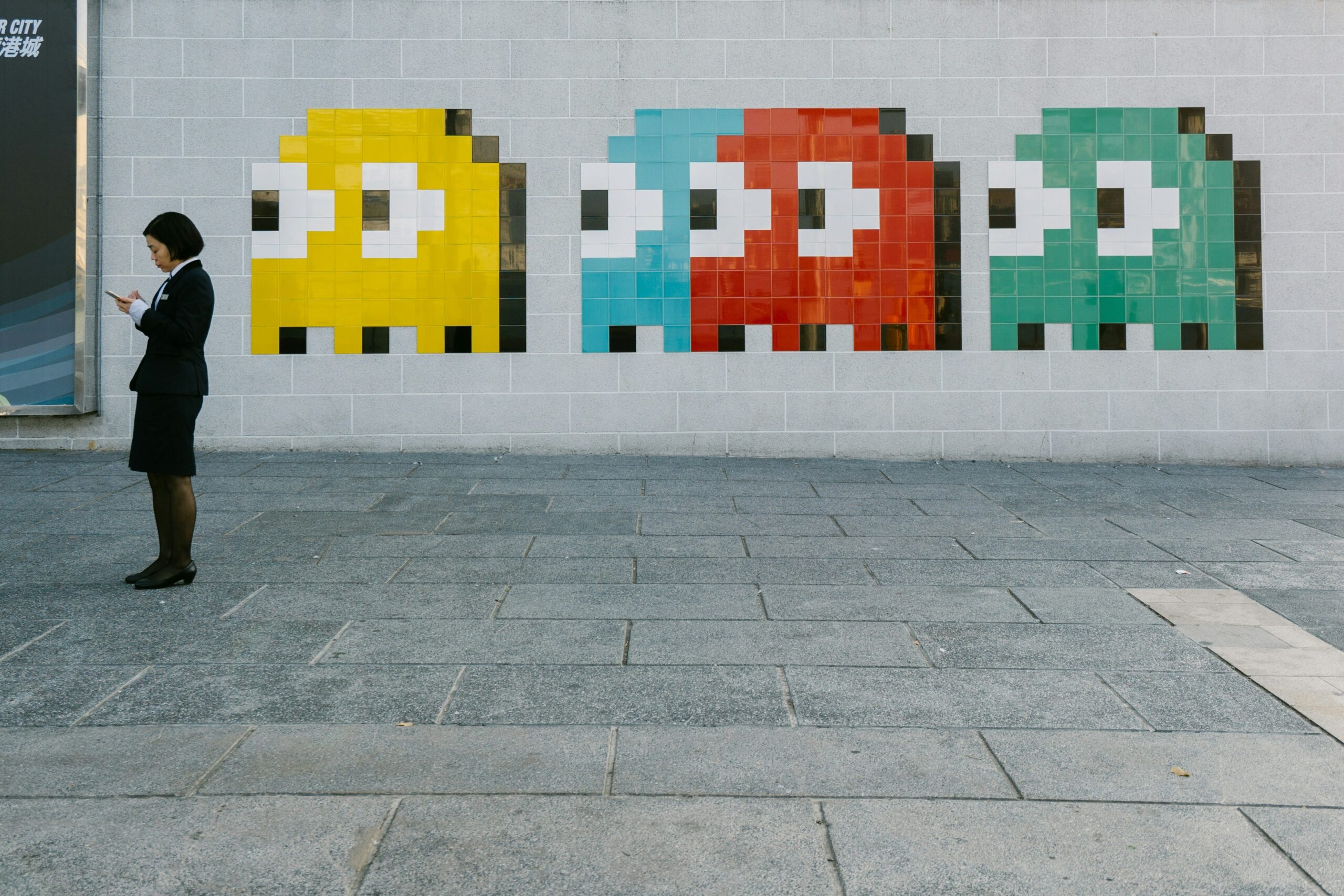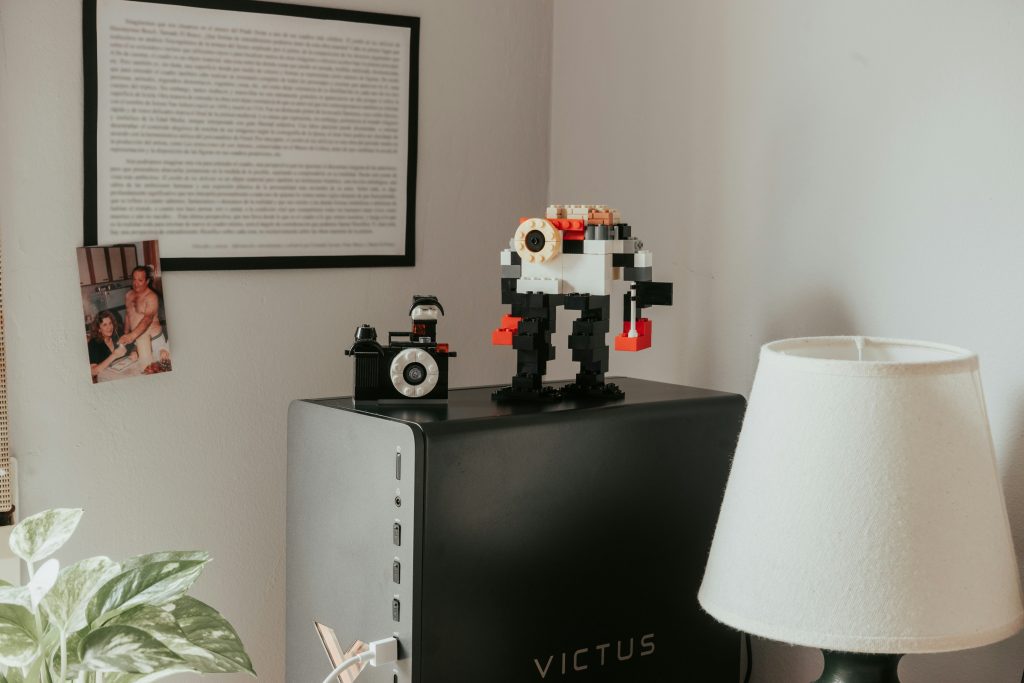Ever spent hours perfecting your Twitch or YouTube stream, only to find your emotes are as basic as a default avatar? Yeah, we’ve been there. Emotes are more than just cute pixel art—they’re the heartbeat of your community and a secret tool for engagement.
In this guide, you’ll learn how to master Emote Customization Guides, why they matter, and actionable steps to level up your streaming game. Ready to make your chat pop? Let’s dive in.
Table of Contents
- Why Do Emotes Matter?
- Step-by-Step Guide to Emote Customization
- Best Practices for Killer Emotes
- Real-Life Examples from Top Streamers
- Frequently Asked Questions
Key Takeaways
- Emotes drive viewer retention and community growth on platforms like Twitch and YouTube.
- Customizing emotes aligns with your brand and builds recognition.
- Using a structured Emote Customization Guide simplifies the process.
- Poorly designed emotes can backfire—don’t skimp on quality!
Why Do Emotes Matter?
Think emotes don’t matter? Here’s a stat: Streams with branded emotes see an average 30% increase in chat activity. That’s right—tiny pixels = massive engagement.

Now here’s my confessional fail: I once used default Twitch emotes for months without realizing how much it hurt my identity. My chat felt… generic. Once I added unique, quirky emotes, viewers started calling me out by name, literally saying, “OMG, that KappaEyes emote is SO you!” Sounds like your laptop fan during a 4K render—whirrrr—but trust me, it’s worth it.
Step-by-Step Guide to Emote Customization
Step 1: Define Your Brand Personality
Optimist You:* “This will be so fun!”
Grumpy You: “Ugh, branding sounds like unpaid overtime.”*
No, but seriously. Ask yourself:
- What emotions do you want to evoke? (Funny? Sarcastic? Wholesome?)
- What colors and themes match your stream aesthetic?
Step 2: Choose the Right Tools
You don’t need Adobe Photoshop wizardry; tools like Piskel or Aseprite work wonders. Pro tip: Stick to simple designs—less is more when it comes to small icons.

Step 3: Test Before Launching
Show your beta emotes to your core audience. If they say, “This looks like a potato,” scrap it. Harsh truth alert: Bad emotes stick worse than memes of yesteryear’s tech fails.
Best Practices for Killer Emotes
Let’s break this down into bite-sized chunks:
- Aim for Clarity: Even at 28×28 pixels, every detail should scream intention—not confusion.
- Align with Trends (but Stay Unique): Sure, Pepe the Frog has its charm, but creating something original makes YOU memorable.
- Avoid Overloading Colors: Too many shades turn your emote into digital vomit.
Real-Life Examples from Top Streamers
Take Ninja, for instance. His iconic sunglasses emote became synonymous with his personal brand. Or Pokimane, whose playful designs keep her chat lively.
Case study spoiler: One smaller streamer went from 50 concurrent viewers to over 200 after launching a set of niche gaming slang emotes tailored to their audience—talk about ROI.
![]()
Frequently Asked Questions
Do I Need Art Skills to Customize Emotes?
Not really! You can collaborate with freelance artists on Fiverr or Upwork if drawing isn’t your thing.
How Many Emotes Should I Have?
Start with 3-5 foundational ones. As your channel grows, expand based on demand.
Can Poor Emotes Harm My Stream?
Yes. Unprofessional or confusing emotes can frustrate viewers faster than laggy Wi-Fi ruins a co-op session.
Conclusion
Mastering Emote Customization Guides might seem daunting, but it’s the ultimate investment in your streaming future. Whether you’re crafting quirky banter-worthy icons or building a full-blown visual language, remember: Engagement starts with connection—and great emotes are the glue.
And now, because nostalgia never hurts: Like a Tamagotchi, your SEO needs daily care. Cheers to leveling up your streams!


